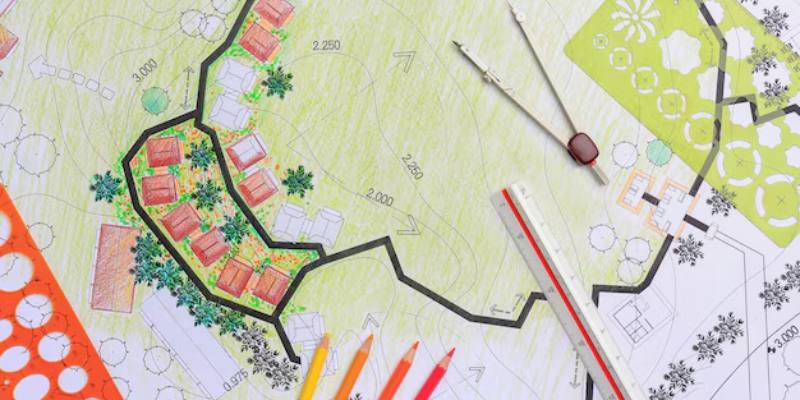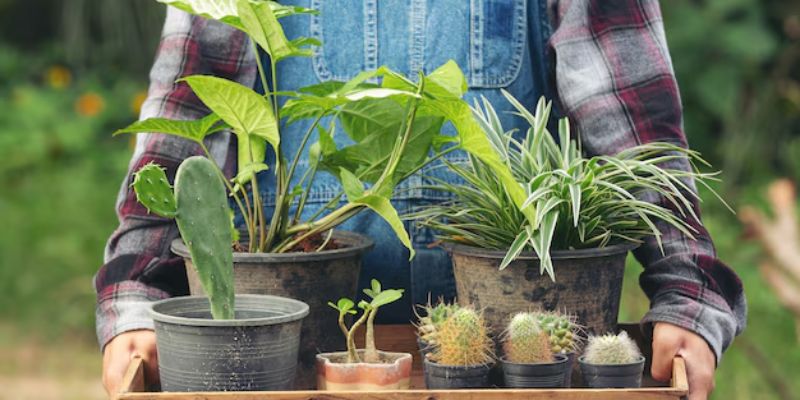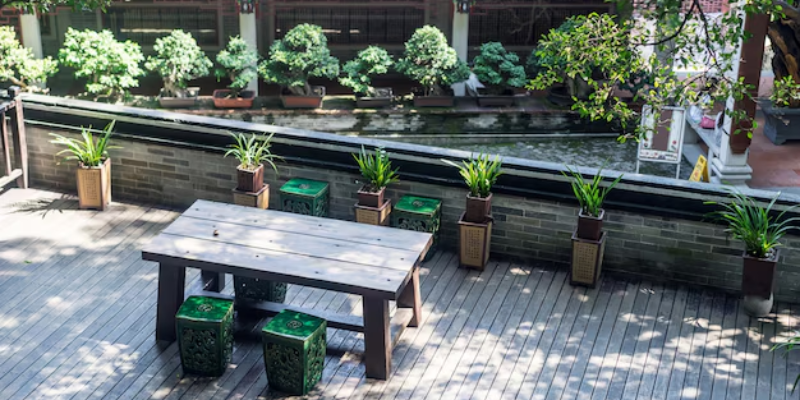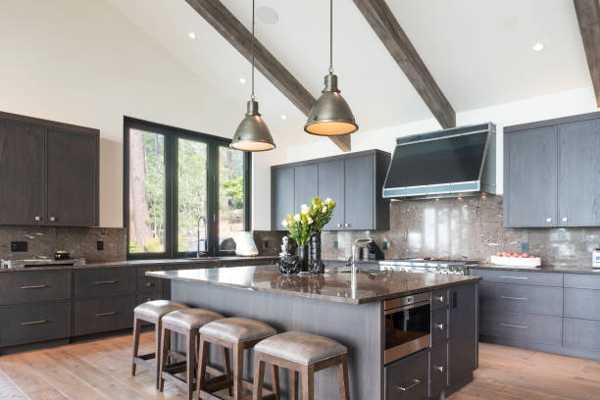Home & Garden
How to Design a Garden in Limited Space? 6 Effective and Easy Ways
Your home will look dull without an adequately set up outer space – your garden. Whether you want a small space to sip your coffee in the morning or to practice gardening in your free time, you must make some changes there. Besides, entertaining outdoors can give a luxury feel to your house.
Your home will look dull without an adequately set-up outdoor space—your garden. Whether you want a small space to sip your coffee in the morning or to practice gardening in your free time, you must make some changes there. Besides, entertaining outdoors can give your house a luxury feel.
So, if you're a new homeowner looking forward to designing your garden, you are at the right place. We have collected the most famous practices from gardening experts to help you with this. Let's see how you can transform your garden in no time.
Measure The Area For Gardening First
First, measure the part of your home that connects to the outdoor space. Most buildings have straightforward, square shapes, so focus on getting the width and noting where the doors and windows are. Not only this, make sure to measure the perimeter of the garden. In cities, these spaces are often rectangular, though you might need to step through some plants or around sheds to get the whole outline.
Create A Garden Design Brief
Whether planning a garden for yourself or someone else, make a list. Big or small, wide and shallow or long and narrow, it doesn't matter; the first step is figuring out what you want from the space.
List all the things you want to do in your garden. Is it a place for relaxing, entertaining, growing veggies, or letting the kids play? Or it's a mix. Then, think about what you want your garden to give back. You'll have a solid foundation to start designing by clarifying these goals. Creating a garden you love is much easier when you know exactly what you want from it.

Choosing The Seating Type For The Area
Picking seating for your outdoor area balances style, comfort, and practicality. Think about how you plan to use the space. If you want to create a cosy spot for morning coffee or evening relaxation, a couple of lounge chairs or a loveseat might be all you need. For those who love hosting, a dining set with comfortable chairs could be perfect for gathering friends and family.
Also, consider the space itself. Compact areas benefit from stackable or foldable chairs that can be easily stored, while more extensive patios can handle an entire sectional or a few oversized armchairs. Remember durability, especially if your furniture will be exposed to the elements; materials like metal, teak, or treated wood can weather well outdoors.
Don’t Complicate Your Garden Space
Keeping your garden space simple can make it much more enjoyable. Start with a clear plan, and feel free to add every feature or plant. Too many elements can make the space feel cluttered and harder to maintain.
In addition, limit your colour palette and stick to a few types of plants that thrive in your climate, making care much more straightforward. Pathways, planters, and seating should be practical and positioned to create an easy flow. And remember, open space is valuable, too; it lets your garden breathe and gives you flexibility for future ideas.
Choose The Right Type Of Plants
Do not overcrowd your garden with too many varieties; a few well-chosen plants can create a stunning, cohesive look. The right plants will enhance your garden's beauty and make it enjoyable without endless maintenance.
Think about what you want from the space, too. Focus on greenery like ferns or ornamental grasses for a lush, leafy vibe. For a pop of colour, consider flowering perennials that bloom throughout the season. If you want low maintenance, go for hardy shrubs or native plants; they're adapted to your area and require less water and care.

Use A Raised Decking Area
A raised decking area can instantly lift the game of your outdoor space, literally and visually. It creates a natural spot for relaxing, dining or hosting friends, and it helps define areas in your garden without walls or fences. Raised decking works exceptionally well with uneven ground, creating a level, usable surface without extensive landscaping.
Choose materials that can withstand the weather, like treated wood or composite decking, to keep it looking great year after year. Add a few potted plants or a cosy outdoor rug to make the space inviting and personal. You can even include built-in seating or storage to maximize functionality.
A raised deck isn't just practical; it gives your garden a focal point and helps extend your living space outdoors. Whether sipping morning coffee or gathering for a BBQ, a raised deck can make your garden feel like a natural extension of your home.

Sit Back And Enjoy Your Evenings Now
Creating a garden space that feels like an extension of your home doesn't have to be complicated. Start with a clear vision of what you want: a relaxing nook, a gathering spot, or a place to grow your favourite plants. Designing your garden in a limited space will feel like a hassle, but with the tips mentioned above, you can ace it.
How do you like this article?





 Latest Posts
Latest Posts





